OMAHA, Neb. (KMTV) — Large, busy, and bustling newsrooms with phones ringing off the hook. People with big cameras on their shoulders rushing to a large house fire, a control room that looks like it belongs to NASA, and crews of dozens of people running around a studio applying makeup to anchors and running cameras. These are definitely some stereotypes of what a local TV station may look like on a daily basis, but as much as we wish, most of these are misconceptions.
Journalism has always been an ever-changing landscape, even at its inception. Adapting to changing times and technology has always been a theme within the news. On the local level, it sometimes is a matter of adopting these changes or fading away.
With that being said, local news has been ingrained into communities and households for decades. Many people tune in to hear the weather, the goings-on of their town, to hear sports scores, or as background noise while cooking dinner. The addition of social media also lets anyone at any time read and watch the same content they see on TV.
For many viewers, it might be somewhat of a mystery as to how your local news gets everything you see on the air and website.
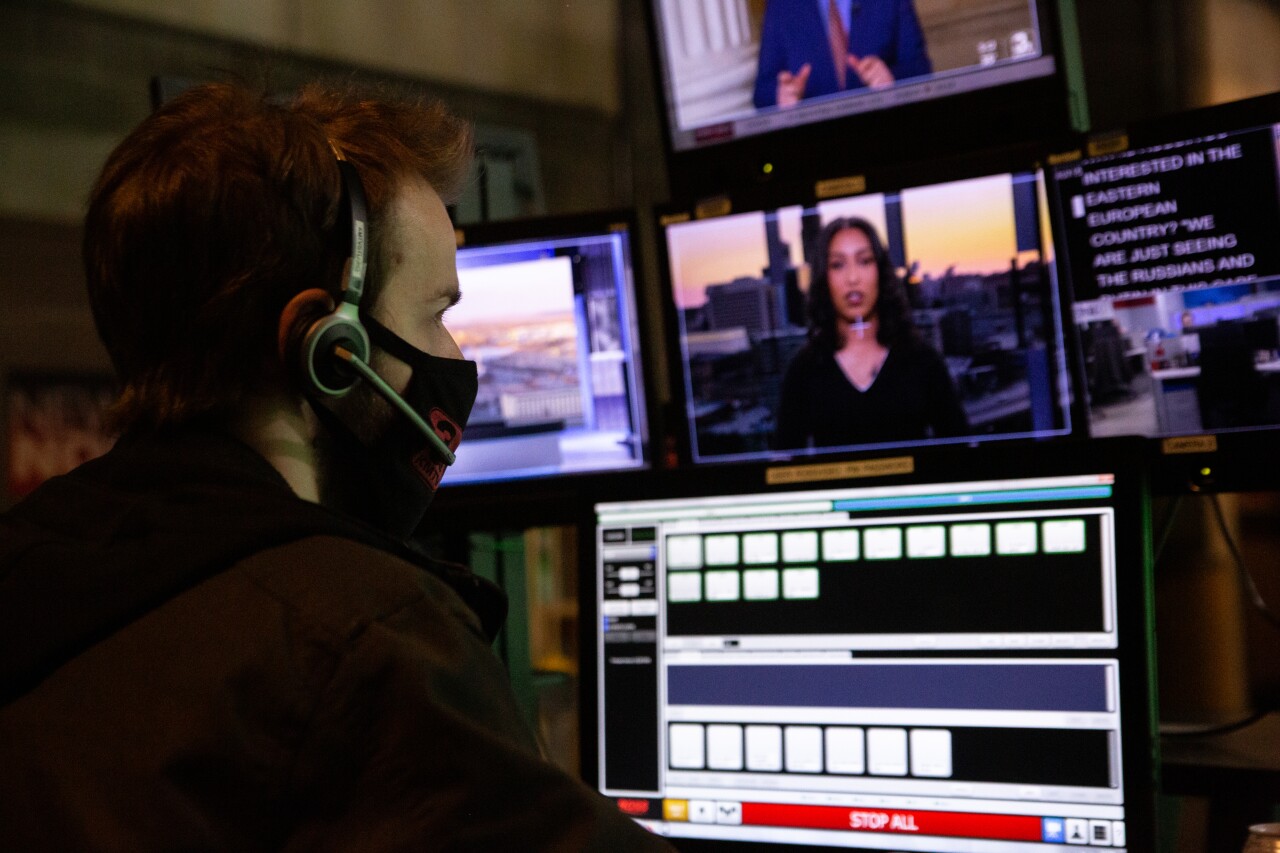
There’s a dedicated team of people all from different backgrounds, upbringings, and viewpoints to bring you what you see every single day. Many of the people who are employed at your favorite news station have lived in your community most of their life. They could very well be one of your neighbors. Others come from all over the country, or the world, and make the community their home for a few years.
To dissect the process, we first must separate the technical and editorial sides of a television station. There are many different jobs and responsibilities that go into each area.
Here’s a breakdown:
Editorial
KMTV 3 News Now is owned by The E.W. Scripps Company which is headquartered in Cincinnati, Ohio. KMTV is also a CBS affiliate but is not owned by the CBS network. The broadcast content is decided locally with input from our parent company, Scripps. CBS does not dictate what we air in terms of local news.
KMTV also has many content partners such as Flatwater Free Press, The Walking Tourists, and Faturday Omaha who provide unique articles and contributions both on-air and online.
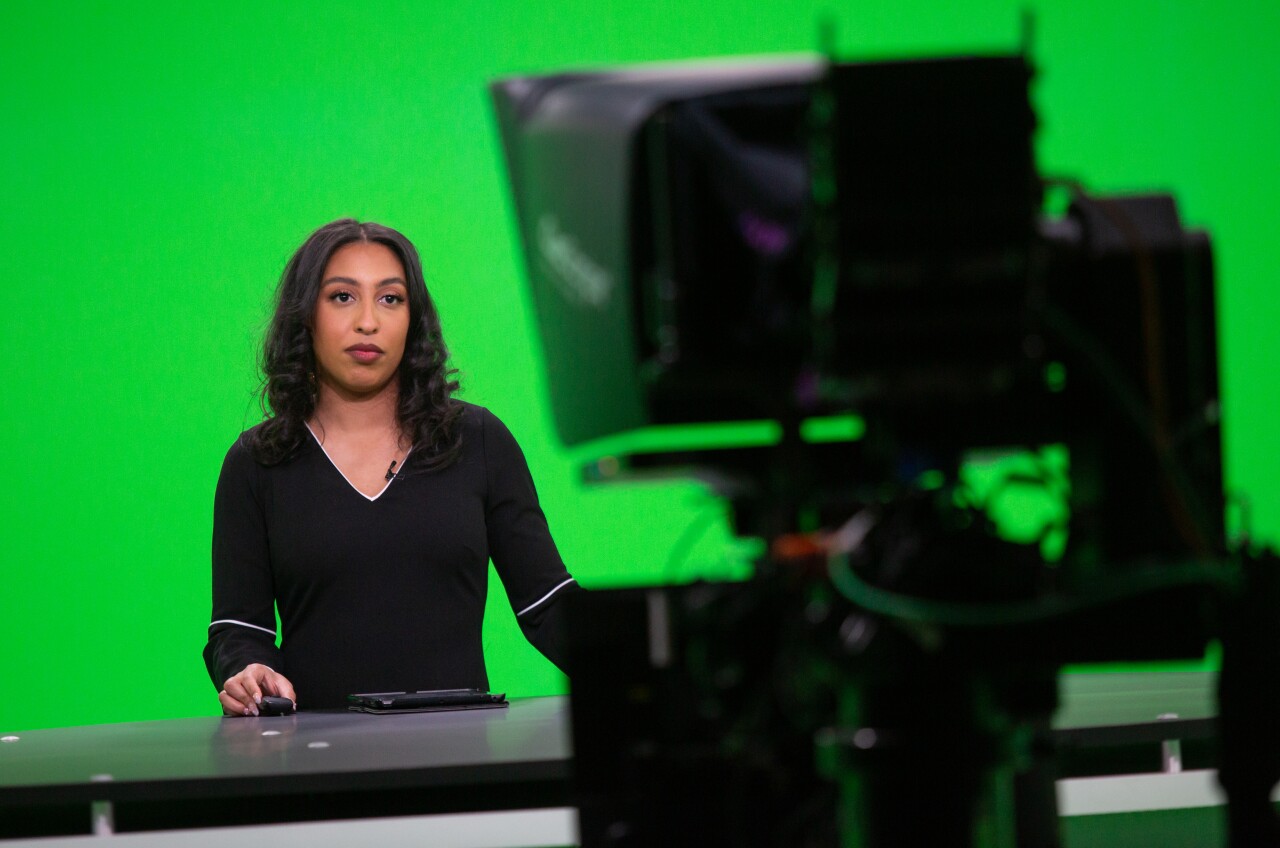
These are the jobs that can be found within the KMTV newsroom.
- General Manager - Oversees all television operations and employees of all departments including news, production, engineering, sales, and corporate officials that own the station.
- News Director - Develop content strategies and is the leader of the news department.
- Assistant News Director - Assists the News Director with any and all operations in the news department.
- Executive Producer - Creates newscast formats and structures for daily broadcasts.
- News Producer - Collects information, writes, and assembles the rundowns for broadcasts.
- Assignment Editor - Organizes which reporter will cover a story, monitors email for press releases, and listens to police and emergency scanners for any breaking news situation.
- Digital Team- Publish articles to the website, manage social media, edit web content, manage live streams, and convert press releases, wire stories (AP), and content partner stories into articles.
- Sports Director - Writes, edits, anchors, and publishes sports-related stories for both on-air and website.
- Anchors - The journalist that reports typically from a studio setting to deliver news to the audience.
- Meteorologists - Provide descriptions of current weather, warnings for severe weather, and study weather patterns. They are usually trained scientists with degrees in both meteorology and journalism/communications.
- Investigative Reporters - Journalists that tend to do more in-depth coverage of complex topics and issues.
- MMJ (Multi-Media Journalist) - Reporters that are out in the community daily conducting interviews, filming stories, and going live during any given broadcast. They often shoot and edit their own stories as a "one-man-band."
- Photographers - Journalists that typically don’t appear on camera but instead are sent to breaking news situations and assist reporters when needed. At 3 News Now, they also edit video for broadcast.
Separated from the editorial side is the sales department. The sales team are in charge of creating promotional materials, booking clients for advertisements, and other aspects of the company that relates to advertising and revenue. For ethical reasons, the sales and editorial departments are separate from each other.

Technical
- Engineering Department - Oversees equipment and technology necessary for the television station to function on a daily basis. Headed by the Director of Engineering.
- Production Supervisor - Leader of the Production department. Duties include hiring, training, and managing tech staff.
- Newscast Director - Lead and plan the technical aspects of an on-air newscast. Literally calls the (camera) shots during the show.
- Production Assistant - Operation of equipment during a newscast such as camera operation, audio operation, creating and displaying graphic elements, and editing stories for a newscast.
- Master Control Operator - Monitors the on-air product, prepares programming for future playback, and adds promotional or commercial material from the sales department into the system.

There are many roles that are necessary for any news organization to function and deliver the content that is seen every single day. News does not take a holiday and many of these individuals do not either — one of the many sacrifices that go along with working in news.
An interesting experiment would be to ask someone who has “boots on the ground” about their job and what it means to be in this line of work.
So, we did just that.
How would you describe your day-to-day workload?
“It varies, but it's always a lot of work. During the average day, I'm researching, reading documents, contacting people for interviews, doing the interviews, filming, writing the script, voicing the script, then editing it all together. And that's just for the final piece that's airing during the 10 pm show. I often go live, write a web story, live tweet a meeting, and leave a shorter version of the piece for the morning shows,” said 3 News Now reporter Jessika Eidson.
“I oversee the Production Department. Managing all aspects of the on-air product. I create schedules, coach, and conduct performance reviews. Hire new employees for the Department, assigning training partners for onboarding. Collaborate with Engineering on studio and control room supplies. I work with Sales to ensure correct News sponsorships are run during the correct time duration. Coordination between News and Sales with special programming, such as Weather Specials, Husker Preview Shows, Live Debates. Work with the News Directors and Director of Engineering to achieve the desired look for the on-air product,” said Laura Klein, Production Supervisor for 3 News Now.
“We provide a product. That product is our forecast. People who watch use our product for a wide range of things. Whether it is planning events and making plans or getting ready for the next day. We, as a team, try to make an accurate forecast day-to-day. Of course, there are days where it is more than that. During times of life-threatening weather, we work to make sure people have information that could hopefully save lives and property,” said 3 News Now Meteorologist Chris Swaim.
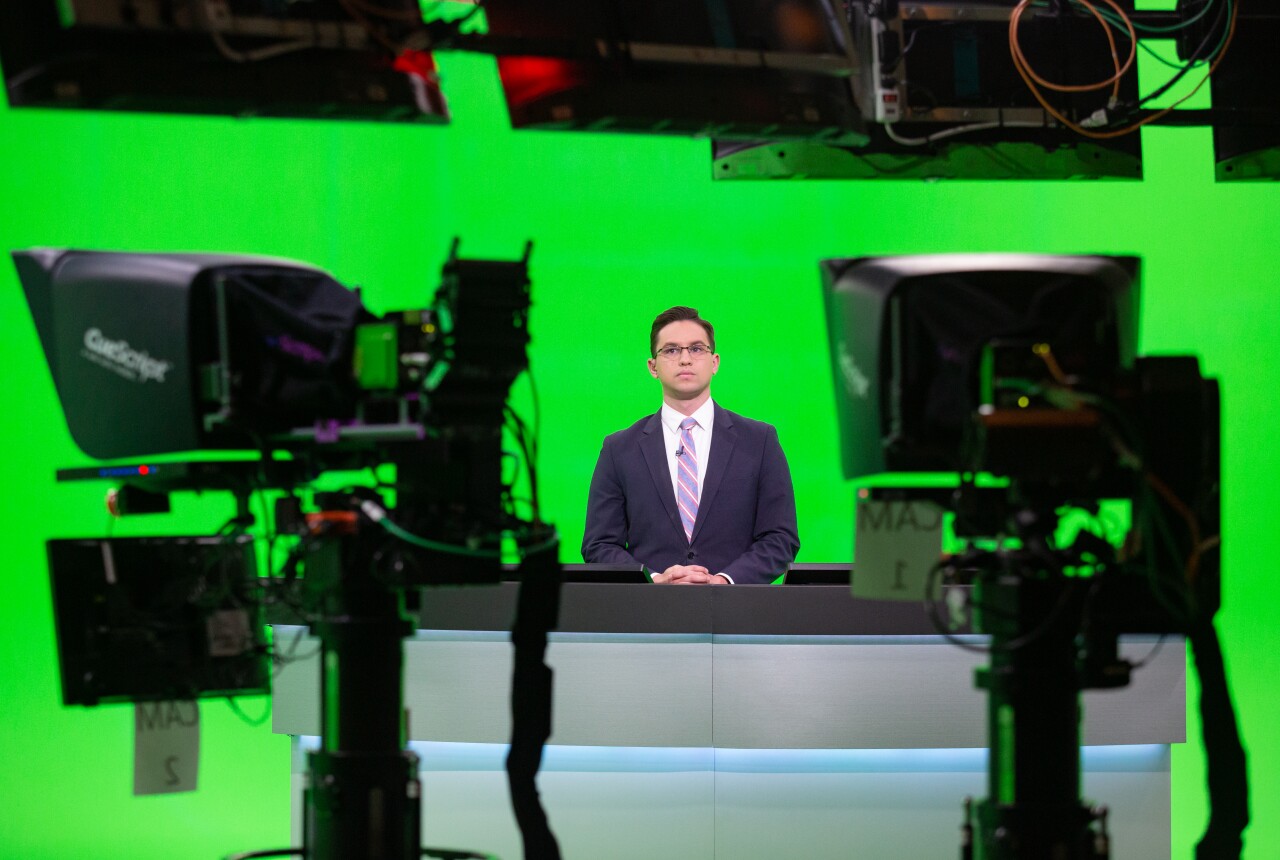
What is the largest misconception about what you do?
“A large misconception about my job is that journalists are somehow 'elite.' We're putting in a lot of work to report on what's going on in our community. We are affected by what our leaders are doing, when major events happen, when hospitals are overwhelmed, etc. We don't escape the things happening in our community and we have to face it head-on every day, often sacrificing our mental health and personal time to do so,” said Jessika Eidson.
“I could go on and on about this one. We have heard it all from, 'It must be nice to be wrong and still get paid' to questions like "Do you have a makeup and clothing team?" Some are products of genuine curiosity; others are meant to poke fun. I will leave it at this. At the end of the day, I am just a regular person who tries his best to bring an accurate forecast. We are correct often and the technology/techniques we use are always improving. We can't be perfect. Mother nature can be very humbling, but we try our best and most of the time, that works out,” said Chris Swaim.
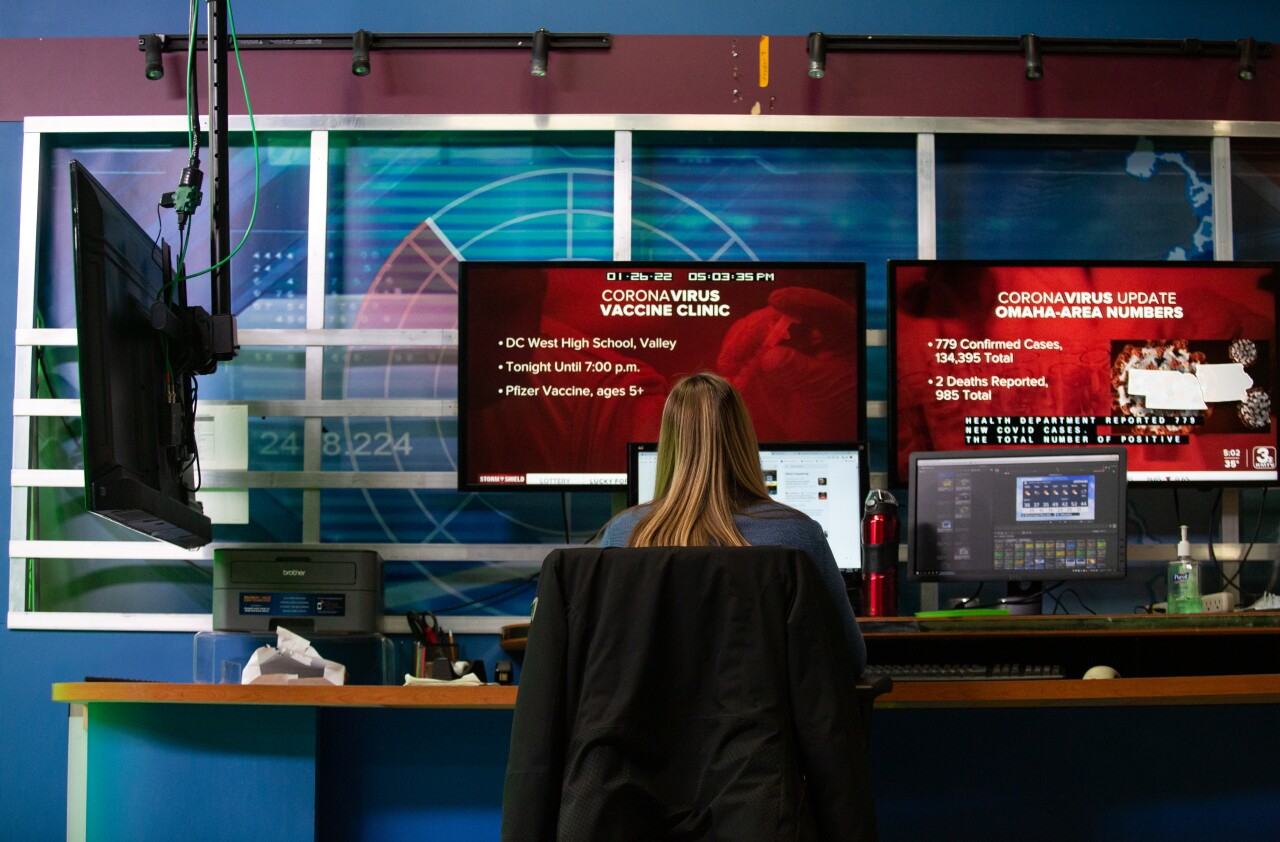
What has changed about the industry since you have started?
“The industry has changed a lot in the nearly two decades I have been in broadcasting. It is not just about the on-air newscasts anymore. Media, and how we give the information to the viewers, has evolved. When I first started, we only focused on TV as a means to tell stories. Gradually over time, we began to focus on little updates posted to the website. Within the most recent years, we have expanded our digital presence from website to streaming services to everything in between,” said Laura Klein.
“Obviously COVID has changed things a lot. I do a lot more Zoom interviews. Health stories are also a lot more popular now because of COVID. Before, I'd do a healthcare-related story maybe once every three months. I feel some of the public's idea of being unbiased has also swayed even further in the wrong direction in recent years. People want use to show 'both sides' or find the middle ground. It always reminds me of my favorite quote from The Newsroom: 'Facts are the center. Facts. We don't pretend that certain facts are in dispute to give the appearance of fairness to people who don't believe them,'" said Jessika Eidson.
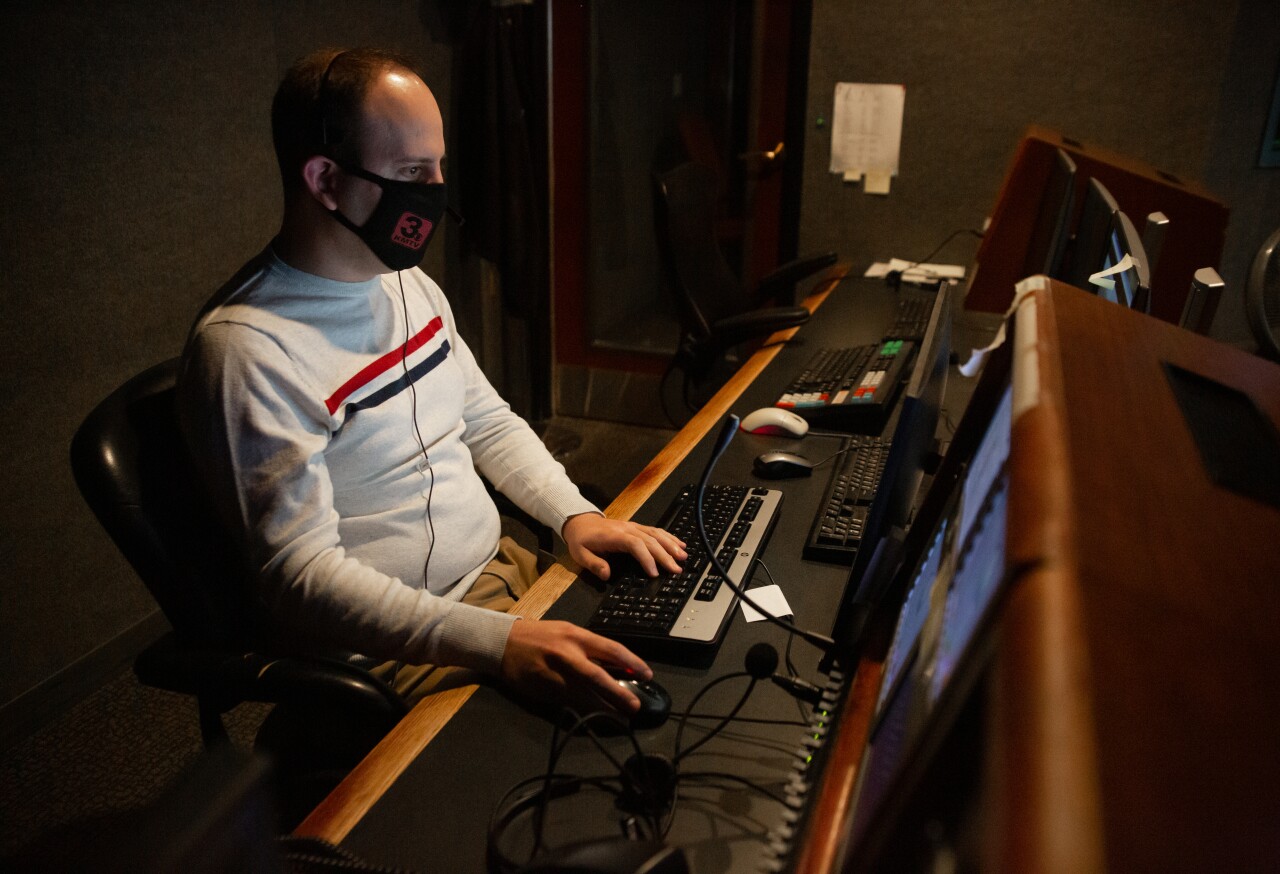
What advice would you give to anyone who is looking to go into the industry?
“My recommendation to someone pursuing this path is to love it. Find the passion that comes with studying weather and nature. Talking to people and getting to know a community. If you can do that, this job can be very rewarding,” said Chris Swaim.
“Learn as much as you can. The media industry is changing almost daily. Be open-minded to helping others outside of your department. The more you know, the better future you will line up,” said Laura Klein.
“Make sure you're in it for the right reason and realize how much work it truly is. Please don't come into broadcast television, if you're in it just to be on television because that's maybe like 5% of the job. Also, just because our stories are shorter than traditional print media, does not mean less work went into them. In fact, it's often a struggle to figure out what needs to be said in just one minute and 30 seconds,” said Jessika Eidson.
This is a very small look into an ever-expanding and changing career field. These are just some of the people behind the news stories you see every day.
See more stories on our News Literacy Project page.
Download our apps today for all of our latest coverage.
Get the latest news and weather delivered straight to your inbox.


